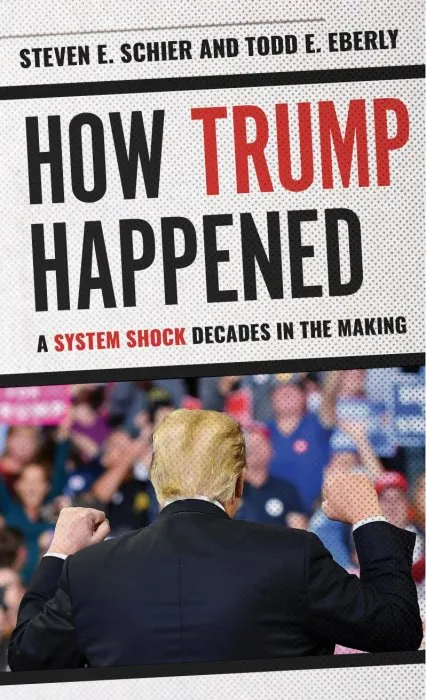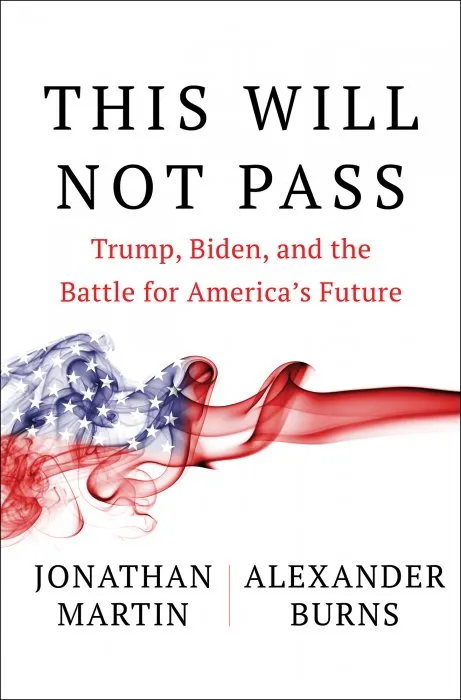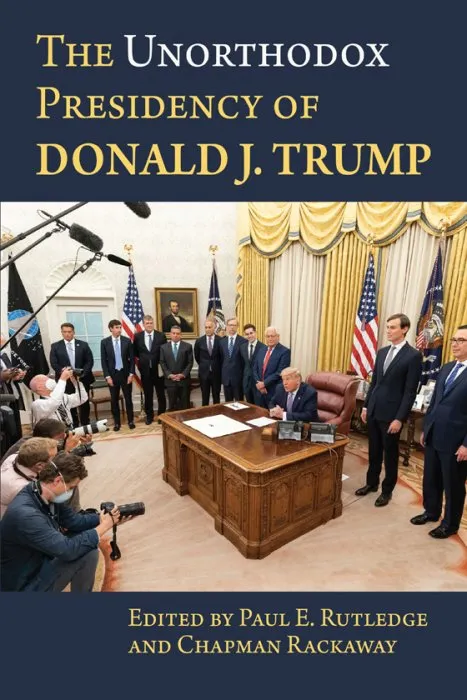How Trump Happened: A System Shock Decades in the Making

Date: March 9th, 2020
Сategory: Politics, Sociology
ISBN: 1538122049
Language: English
Number of pages: 175 pages
Format: EPUB True PDF
Add favorites
The stunning 2016 election and presidency of Donald Trump was decades in the making. Three trends since the 1960s created the conditions for his triumph. First, a growing popular discontent with government, long evident in public opinion, created a widespread distrust of established leaders and institutions. Second, America underwent the rise of "professional government." Governing professionals are an elite built on merit through occupational accomplishment. They now dominate interest groups, the bureaucracy, courts, presidency, and Congress.
Many government professionals perceive little need to mobilize the public in the way parties did in previous eras. This has furthered the sense of disconnect among the public and created a self-reinforcing chain. Third, political parties and governing institutions are now polarized into rival teams of ideological, partisan elites. The intense battles between these divergent teams often result in government gridlock.
These conditions produce ripe opportunities for "outsider" candidates to mount popular movements against politics as usual.
How did Donald Trump leverage his outsider status into a 2016 electoral victory? Four factors propelled him into the White House. First, Trump's long career as a public celebrity gave him an identity and "brand" widely known to the public and which generated massive free media coverage as a candidate. Second, Trump and his campaign ably used social media to further amplify his message. Third, decades of polarized political elites, governmental professionalism and mounting popular discontent made an "outsider" message attractive to millions of voters in 2016. Fourth, Trump was blessed with a political opponent, Hillary Clinton, who represented the polarized and professional governing class that Trump rightly saw as an inviting target for his outsider message and demeanor.
That is how Trump happened.
Many government professionals perceive little need to mobilize the public in the way parties did in previous eras. This has furthered the sense of disconnect among the public and created a self-reinforcing chain. Third, political parties and governing institutions are now polarized into rival teams of ideological, partisan elites. The intense battles between these divergent teams often result in government gridlock.
These conditions produce ripe opportunities for "outsider" candidates to mount popular movements against politics as usual.
How did Donald Trump leverage his outsider status into a 2016 electoral victory? Four factors propelled him into the White House. First, Trump's long career as a public celebrity gave him an identity and "brand" widely known to the public and which generated massive free media coverage as a candidate. Second, Trump and his campaign ably used social media to further amplify his message. Third, decades of polarized political elites, governmental professionalism and mounting popular discontent made an "outsider" message attractive to millions of voters in 2016. Fourth, Trump was blessed with a political opponent, Hillary Clinton, who represented the polarized and professional governing class that Trump rightly saw as an inviting target for his outsider message and demeanor.
That is how Trump happened.
Download How Trump Happened: A System Shock Decades in the Making
Similar books
Information
Users of Guests are not allowed to comment this publication.
Users of Guests are not allowed to comment this publication.




